Visual Communication
Design
Unit 1
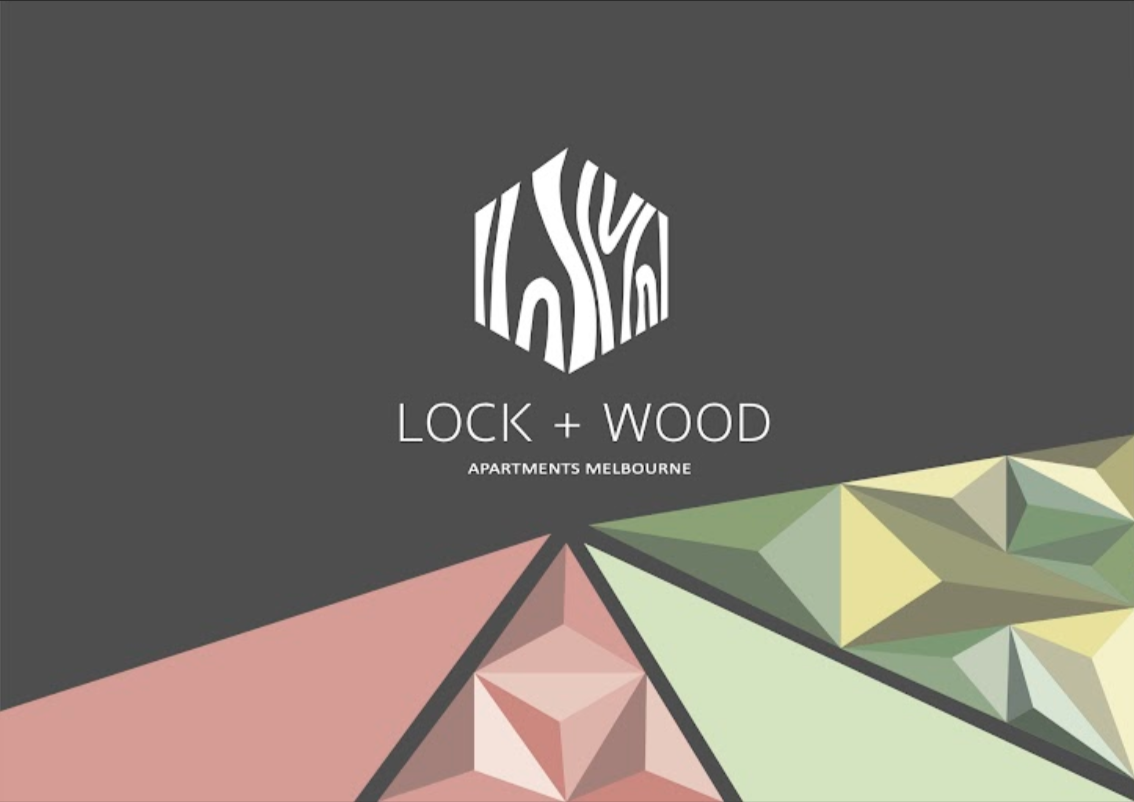
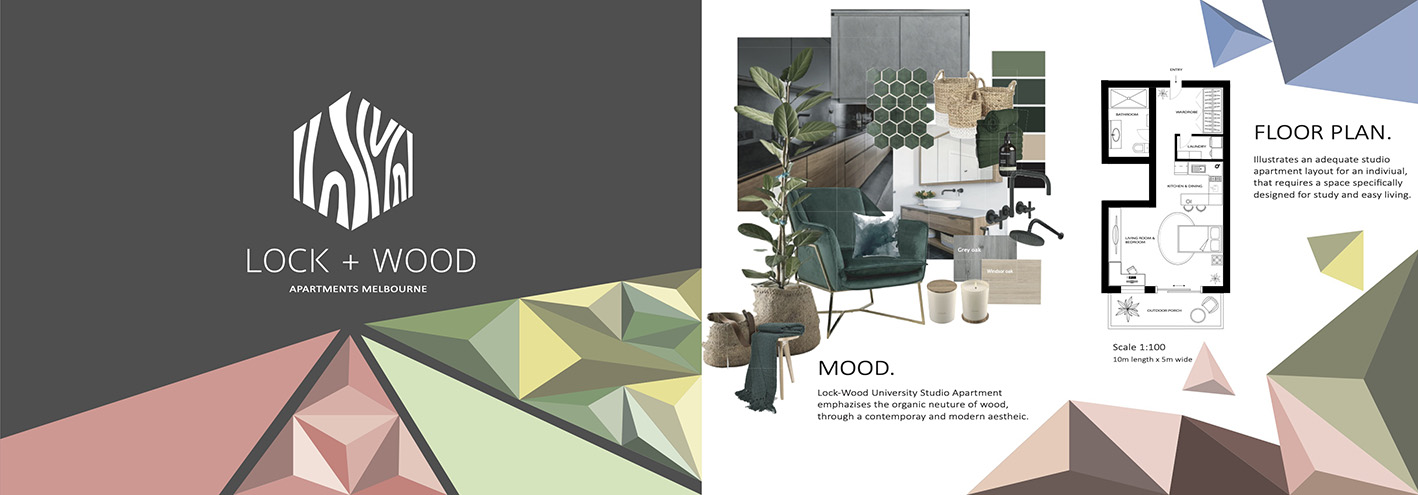
Overview
Finding, reframing and resolving design problems
In this unit students are introduced to the practices and processes used by designers to identify, reframe and resolve human-centred design problems. They learn how design can improve life and living for people, communities and societies, and how understandings of good design have changed over time. Students learn the value of human-centred research methods, working collaboratively to discover design problems and understand the perspectives of stakeholders. They draw on these new insights to determine communication needs and prepare design criteria in the form of a brief.
Unit 1 focuses on the design of messages and objects, while introducing the role of visual language in communicating ideas and information. Students participate in critiques by sharing ideas in progress and both delivering and responding to feedback. Students learn to apply the Develop and Deliver phases of the VCD design process and use methods, media and materials typically employed in the specialist fields of communication and industrial design. Student projects invite exploration of brand strategy and product development, while promoting sustainable and circular design practices. They also consider how design decisions are shaped by economic, technological, cultural, environmental and social factors, and the potential for design to instigate change.
Unit Prerequisites
N/A
Areas of Study
- Reframing design problems
- Solving communication design problems
- Design’s influence and influences on design
Download > VCE Visual Communication Study Design
Unit Assessment
- A report or presentation exploring conceptions of good design.
- A folio of work demonstrating the VCD design process to create visual language for a business or brand.
- A folio of work demonstrating the VCD design process, and using circular design practices to develop a sustainable object.
- Examination.
Pathways
Graphic Design, Architecture, Landscape Architecture, Product Design, Industrial Design, Interior Design
Visual Communication
Design
Unit 2
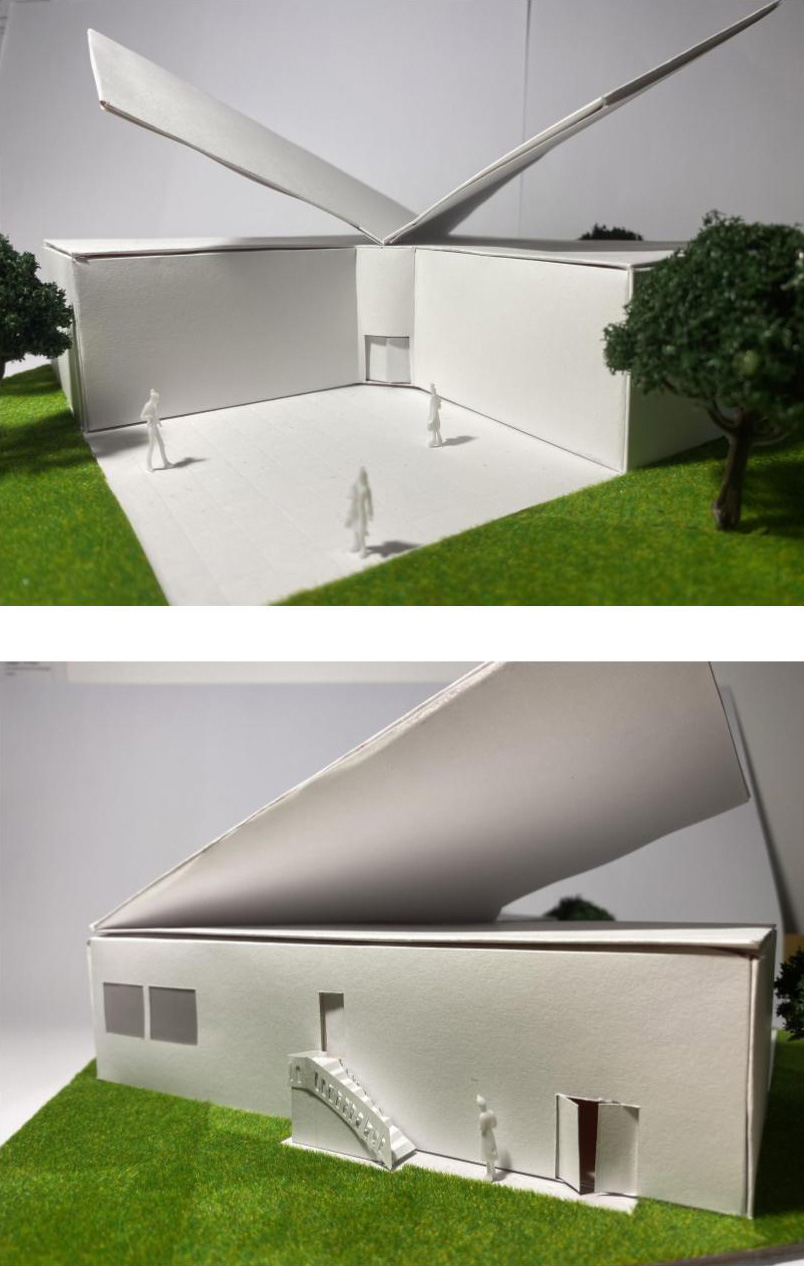
Overview
Design contexts and connections
This unit, students draw on conceptions of good design, human-centred research methods and influential design factors as they revisit the VCD design process, applying the model in its entirety. Practical tasks across the unit focus on the design of environments and interactive experiences. Students adopt the practices of design specialists working in fields such as architecture, landscape architecture and interior design, while discovering the role of the interactive designer in the realm of user-experience. Methods, media and materials are explored together with the design elements and principles, as students develop spaces and interfaces that respond to both contextual factors and user needs.
Connections between design, time and place are also central to the study of culturally appropriate design practices in Area of Study 2. Students learn about protocols for the creation and commercial use of Indigenous knowledge in design, with a particular focus on Aboriginal and Torres Strait Islander design traditions and practices. Students also consider how issues of ownership and intellectual property impact the work of designers across contexts and specialist fields.
Unit Prerequisites
N/A
Areas of Study
- Design, place and time
- Cultural ownership and design
- Designing interactive experiences
VCE Visual Communication Design Study Design
Unit Assessment
- A folio of the VCD design process to present an environmental design solution.
- Investigation of culturally appropriate design practices including representations of Aboriginal and Torres Strait Islander knowledge and creation of personal iconography.
- A folio of the VCD design process to propose an interface for an interactive digital product, environment or service.
- Examination.
Pathways
Graphic Design, Architecture, Landscape Architecture, Product Design, Industrial Design, Interior Design
Visual Communication
Design
Unit 3
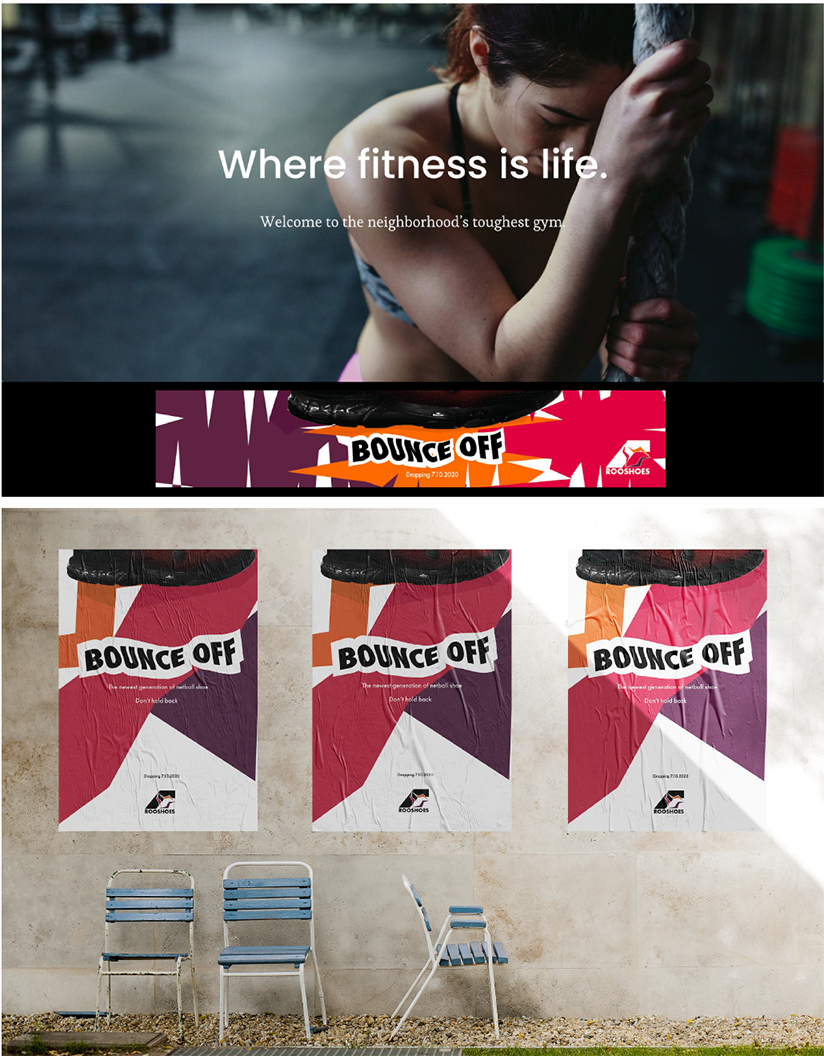
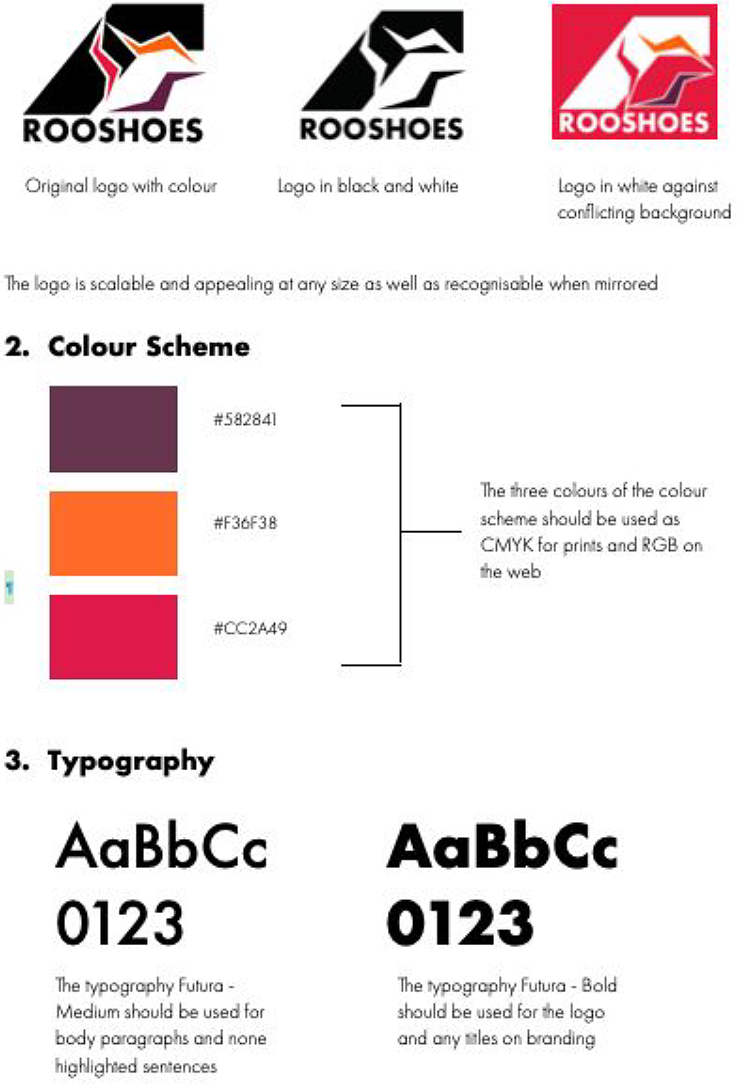
Overview
Visual communication in design practice
In this unit students explore and experience the ways in which designers work, while also analysing the work that they design. Through a study of contemporary designers practising in one or more fields of design practice, students gain deep insights into the processes used to design messages, objects, environments and/or interactive experiences. They compare the contexts in which designers work, together with their relationships, responsibilities and the role of visual language when communicating and resolving design ideas.
Students explore the Discover, Define and Develop phases of the VCD design process to address a selected design problem. In the Discover and Define phases, research methods are used to gather insights about stakeholders and a design problem, before preparing a single brief for a real or fictional client that defines two distinct communication needs. Students then embark on the Develop phase of the VCD design process, once for each communication need. They generate, test and evaluate design ideas and share these with others for critique. These design ideas are further developed in Unit 4, before refinement and resolution of design solutions.
Unit Prerequisites
Preferable Visual Communication & Design Unit 1 & 2
Areas of Study
- Professional design practice
- Design analysis
- Design process
VCE Visual Communication Design Study Design
Unit Assessment
- Outcome 1 SAC + Outcome 2 SAC contributes to 20%
- A comparative case study of designers in selected design field(s)
- Two practical design exercises documenting emerging skills in selected field(s) of practice.
- Outcome 3 SAT Unit 3 and Outcome 1 + 2 form Unit 4 contributes to 50%
Pathways
Graphic Design, Architecture, Landscape Architecture, Product Design, Industrial Design, Interior Design.
Visual Communication
Design
Unit 4
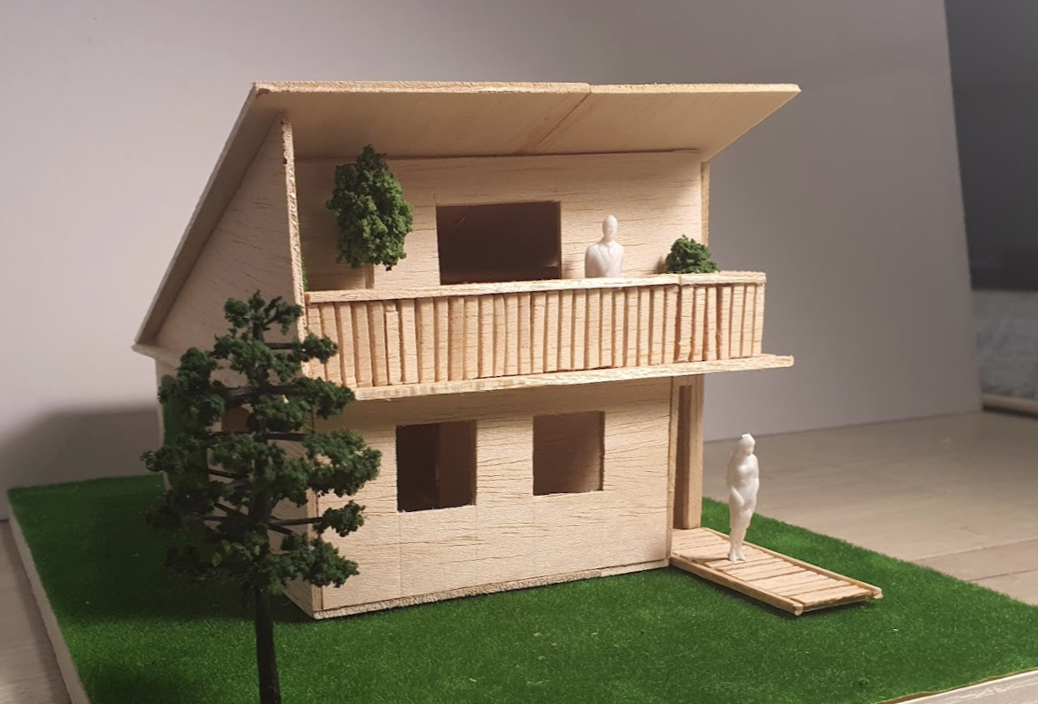
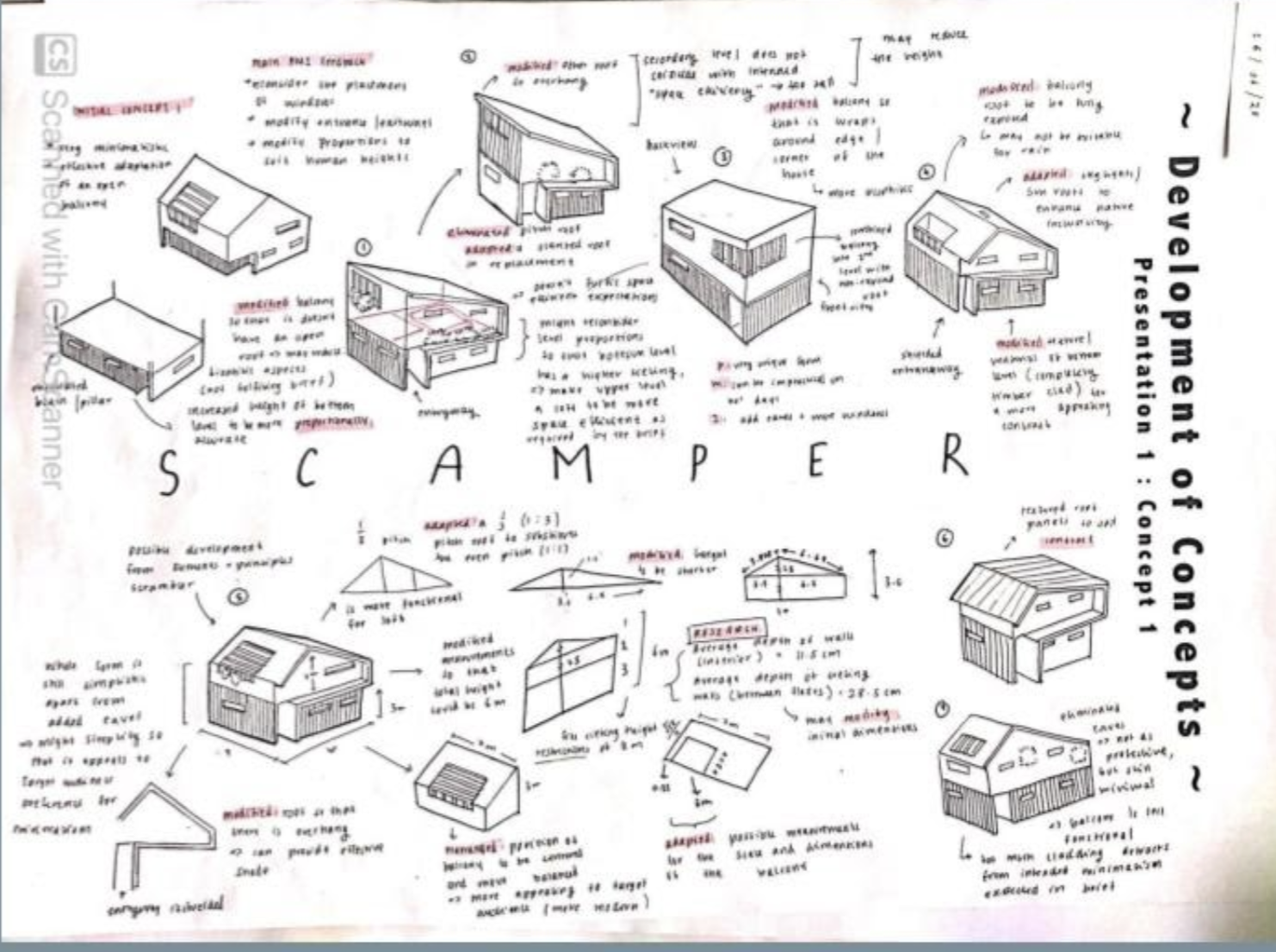
Overview
The focus of this unit is on the development of design concepts and two final presentations of visual communications to meet the requirements of the brief. This involves applying the design process twice to meet each of the stated communication needs.
Having completed their brief and generated ideas in Unit 3, students continue the design process by developing and refining concepts for each communication need stated in the brief. They investigate how the application of design elements and design principles creates different communication messages and conveys ideas to the target audience.
Unit Prerequisites
Preferable Visual Communication & Design Unit 1 & 2
Areas of Study
- Development, Refinement and Evaluation
- Final Presentation
VCE Visual Communication Design Study Design
Unit Assessment
- Unit 4 SAT 40%
- End of Year Exam 35%
Pathways
Graphic Design, Architecture, Landscape Architecture, Product Design, Industrial Design, Interior Design.

